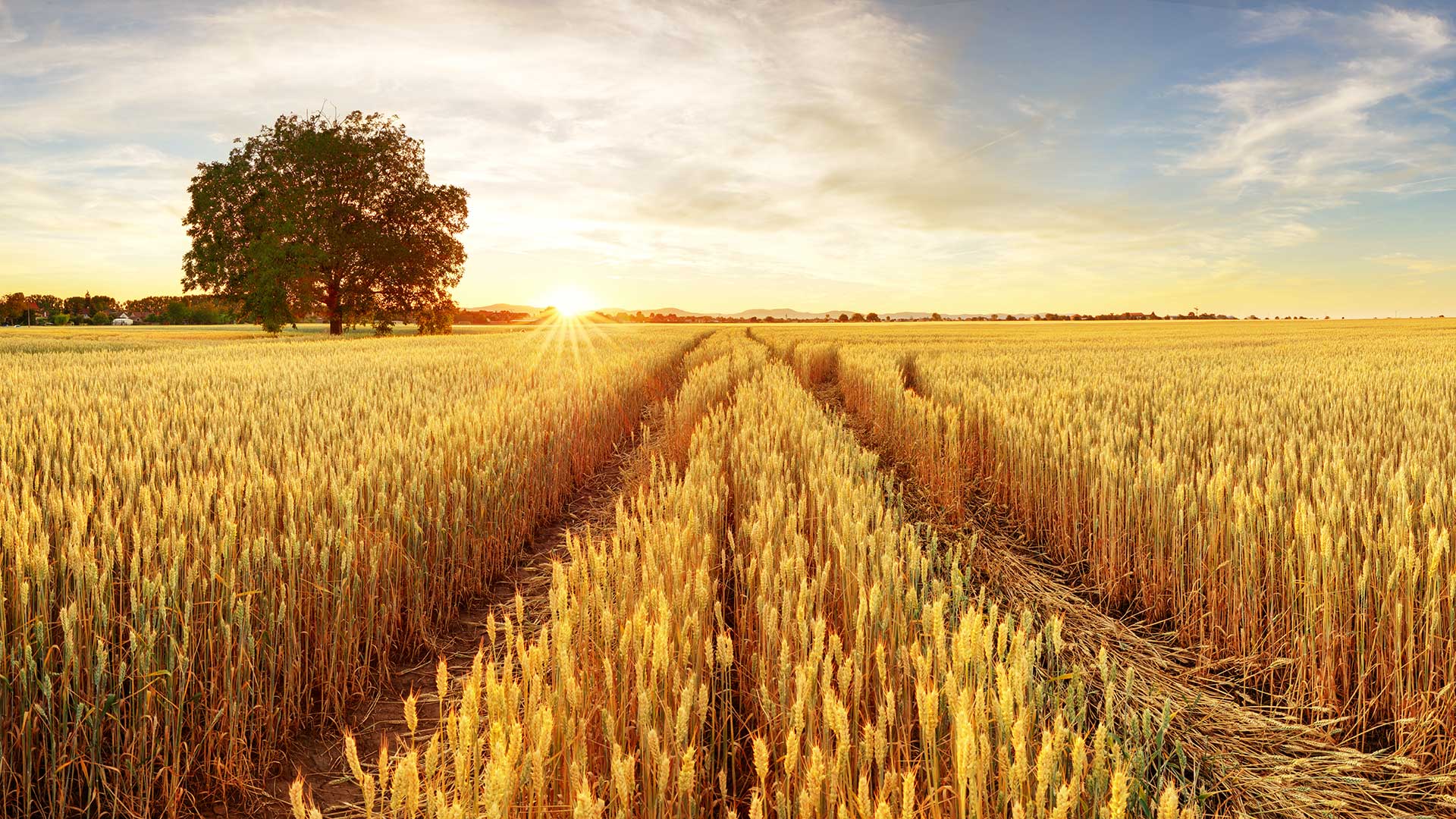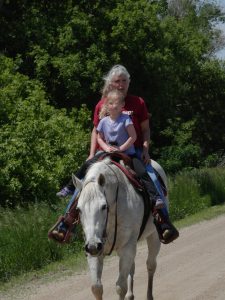
By Jake Geis

The rhythm of South Dakota is set to the many seasons we experience. Winter precedes spring, which heralds the I-90-is-torn-up-again seas—oops, I mean summer. Summer fades into fall and then winter comes again. All of us navigate the weather changes to accomplish our everyday tasks, only considering them when selecting between a coat or a jacket, or when we have to make small talk.
The liturgical seasons often receive the same (or lower) level of interest from Catholics. Aside from the sacrifices that denote Lent, we generally don’t realize it’s a new season until we hear “Praise to you Lord Jesus Christ” instead of the “Alleluia.” We recognize it during Mass, but one day later it’s Monday, just like every other Monday. We jump for joy on Easter Sunday, but unless we have work off, Easter Monday doesn’t elicit glee. Yet, both are part of the Easter season.
The antidote to this apathy may come from an agrarian example. After all, Jesus used crops and livestock for many of his parables. I’m guessing it wasn’t just because his contemporary audience could relate, but that he knew growth and cultivation were innately linked to the way he made us.
The seasons within the seasons
For rural folks, the changing weather patterns are only overarching seasons, laid upon a natural rhythm as old as Adam and Eve. Compared to the urban consistency of 8 to 5, farming is a series of seasons, each directly determines all the activities and thoughts of the day. The onset of winter marks the start of purchasing season, where fertilizer, crop chemistry and supplies are acquired on whatever side of December 31 makes our tax accountant happy. This flows into equipment prep, where the cobwebs are blown from disks and planters and grease is applied.
The real work starts when the spring thaw allows field work and pre-emerge spraying. Between April showers the crop is planted, and when we finish at the onset of summer, it’s time for a little breather. Of course, summer brings “worrying about drought” season, which fades into early fall’s “worrying about frost” season. So, farmers keep their minds busy by overlaying that with another equipment prep season, this time on the combine and grain wagons.
Fall coincides with the high point of the year—harvest. Here we collect and store a year’s worth of labor. As that last truckload dumps at the elevator, there’s a contentment in a farmer’s heart that’s difficult to describe.
Living the whole experience
Harvest is also the time when non-farm family members swing in to help. Don’t get me wrong, pitching in is greatly welcomed! But without the investment in the entire year’s work, one only appreciates the thrill of big equipment and the mountain of flowing grain. When that moment passes, it’s back to the world of climate control, consistent hours and monotony. Harvest becomes like the child’s toy, played with on occasion, captivating the imagination, only to be placed on the shelf when finished.
Yes, for the farmer, harvest is thrilling and the highlight of the year. However, it is intrinsically connected with the planning and cultivation of the crop. Harvest is the pinnacle of a cycle that carries the farmer through life.
Which brings us back to Easter and the liturgical seasons. The raising of a crop is only a sign that reflects the life Christ offers us through his Church. To truly experience the joy of Easter requires investment not just that Sunday, but throughout the Lenten season and Holy Week.
Holy Week, in particular, prepares us for Easter Sunday by unfolding the story of Christ’s Passion in a visible, interactive way. We wave branches on Palm Sunday, only to join in the chorus crying “Crucify him,” just like the people of Jerusalem. The intimacy and compassion of Holy Thursday, illustrated by the humility of feet washing, ends abruptly with the stripping of the altar. That empty feeling permeates Good Friday, the only day each year where Mass is not celebrated. The unconventional service, lacking the elements of the Mass, feels disjointed, illustrating how our lives can become disjointed without Christ.
By comparison, the exuberance of Holy Saturday fills those empty spaces in our soul. The fire, the Easter candle, the image of light breaking through the darkness exhibits the revolutionary power of Christ’s triumph over death. After this celebration, when one attends Mass on Sunday morning, the world feels right again.
If you haven’t attended every one of these services during Holy Week yet, make this the year you do. Walking with Christ through every service profoundly changes the way you view Easter Sunday. Don’t just ride in the combine; plant and tend your spiritual journey. By doing so, the joy of Christ’s resurrection will carry with you beyond Sunday, through the rest of the Easter season.


